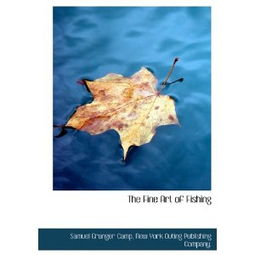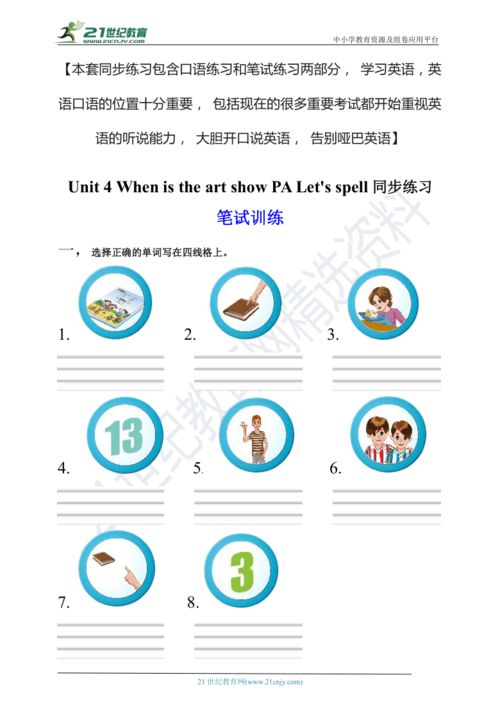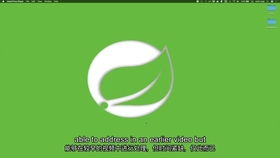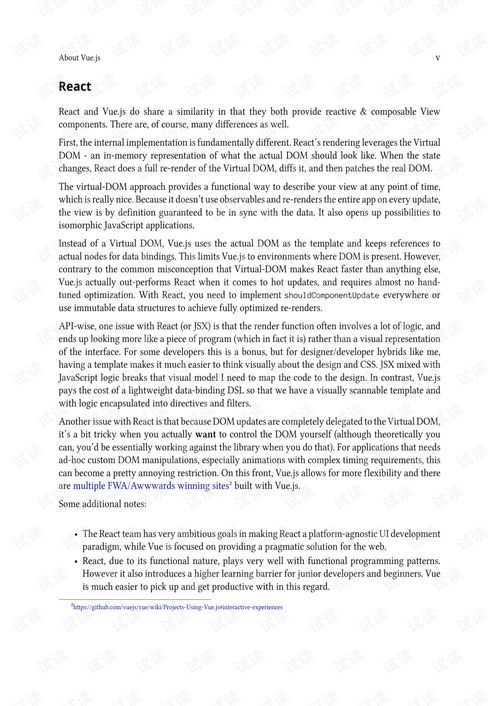Content:
In the world of angling, mastering the technique of catching floating fish can be a game-changer. Whether you're a seasoned angler or a beginner looking to expand your fishing repertoire, understanding how to effectively target and catch floating fish is essential. This article, accompanied by a detailed video guide, will provide you with the knowledge and skills needed to become a proficient fisherman when it comes to floating fish.
Understanding Floating Fish
Before diving into the techniques, it's important to understand what constitutes a floating fish. Floating fish are those that tend to stay near the surface of the water, often due to their feeding habits or environmental conditions. These fish include species like tilapia, sunfish, and even some species of bass. Floating fish can be found in a variety of water bodies, from ponds and lakes to slow-moving rivers and streams.
Choosing the Right Equipment
The first step in catching floating fish is to ensure you have the right equipment. Here's a list of essential gear you'll need:

- Rod and Reel: A lightweight spinning rod with a smooth retrieve is ideal for floating fish. The reel should be capable of handling light line and small hooks.
- Line: Use a monofilament line with a breaking strength of 4 to 6 pounds. This will provide enough strength to land your catch without being too heavy for the fish.
- Hooks: Small hooks, typically size 6 to 10, are best for floating fish. These hooks should be designed for light tackle fishing.
- Bait: The type of bait you use will depend on the species of fish you're targeting. Live bait, such as worms or small fish, can be effective, but artificial lures like small jigs or spinners can also work well.
- Leader: A 6 to 12-inch leader of monofilament or fluorocarbon line is necessary to prevent the fish from seeing your main line and to reduce the risk of breakage.
Techniques for Catching Floating Fish
Now that you have the right equipment, let's explore some effective techniques for catching floating fish:
Trolling: Trolling involves slowly moving your boat with the line out and the lure or bait suspended just below the surface. This technique is particularly effective for species like sunfish and tilapia. To use this method, attach your lure or bait to the end of your line and let it trail behind the boat. Adjust the speed to keep the bait in the strike zone.
Still Fishing: If you're fishing from the shore or a dock, still fishing can be highly effective. Cast your line out and let it settle to the desired depth. Once the bait is in place, wait for a bite. This method is great for species that are actively feeding at the surface.
Topwater Lures: Topwater lures are designed to create a disturbance on the surface of the water, attracting the attention of floating fish. These lures can be worked in a variety of ways, from a slow, steady retrieve to a more erratic, pop-and-pause motion. Popular topwater lures for floating fish include poppers, frogs, and buzzbaits.
Float Fishing: Float fishing involves using a float or bobber to keep your bait at a specific depth. This technique is useful for species that feed just below the surface. Attach your bait to the end of your line, and then attach the float above the bait. Adjust the float to achieve the desired depth.
Live Bait Fishing: Live bait can be an excellent choice for catching floating fish. Use a small hook to attach the live bait to your line, and then cast it out. Live bait tends to move naturally in the water, which can be very attractive to fish.
Video Guide
To further enhance your understanding of these techniques, we've compiled a comprehensive video guide. This video will walk you through each step, from choosing the right equipment to executing the various techniques. You'll see live demonstrations of how to cast, retrieve, and set the hook, as well as tips for troubleshooting common issues.
By following the advice and techniques outlined in this article and the accompanying video guide, you'll be well on your way to becoming an expert at catching floating fish. Remember, practice makes perfect, so don't be afraid to experiment with different methods and baits to find what works best for the species you're targeting. Happy fishing!












